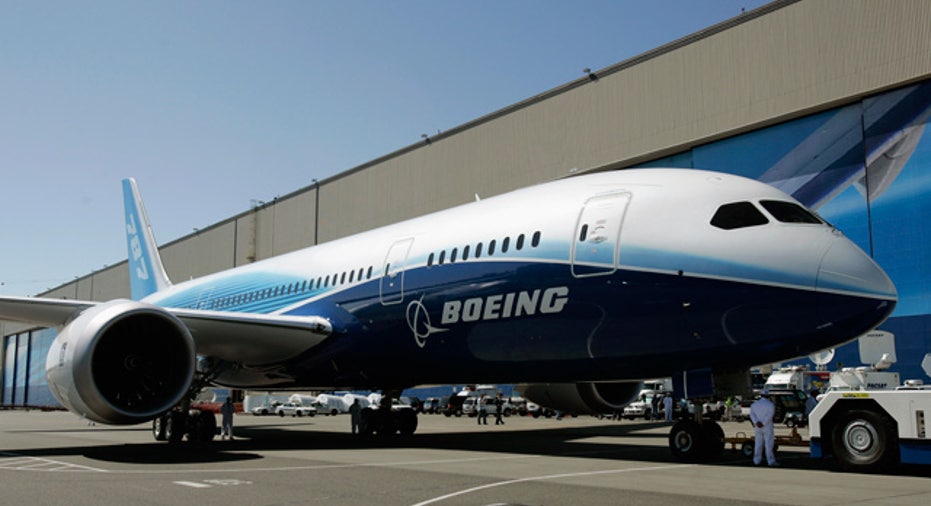FAA Orders Fix for GE Engines on Boeing 787 Jets

The U.S. aviation regulator on Friday ordered an urgent fix for General Electric engines on up to 150 Boeing 787 Dreamliners, a step to avoid engine failure in icy conditions.
The Federal Aviation Administration said it was requiring modifications to prevent fan blades from rubbing against the engine casing, which can cause "damage and a possible in-flight non-restartable power loss of one or both engines."
The measure was prompted by a report in January that such rubbing caused vibrations, leading the pilot to shut down the engine, a GE spokesman said. Ice that entered the engine during flight caused the fan blades to move forward slightly where they contacted the casing he said.
Boeing and GE issued advice on fixing the problem in April and about 40 engines have been repaired so far, the companies said.
The modification takes about 16 hours and involves grinding down the engine casing by about one-tenth of an inch to create more space for the fan blades and prevent rubbing, GE said.
"Because the shaving occurs in front of the fan blades, we expect almost immeasurable performance impact on the GEnx engines from this action," GE spokesman Rick Kennedy said.
Planes with two of the affected engines must have at least one engine modified by October, the FAA said in an airworthiness directive. The order applies to GEnx-1B engines with Performance Improvement Package 2, the companies said.
The GEnx-1B engine has logged more than 3 million hours on more than 250 aircraft since it went into service, the companies said.
The FAA also ordered Boeing to update the 787 flight manual to include procedures for ice removal within seven days of the order, which takes effect May 9.
The problem is unrelated to an icing risk that arose in November 2013 and prompted Boeing to bar airlines from flying near high-altitude thunderstorms, GE said.
(Reporting by Alwyn Scott; Editing by Tom Brown)



















